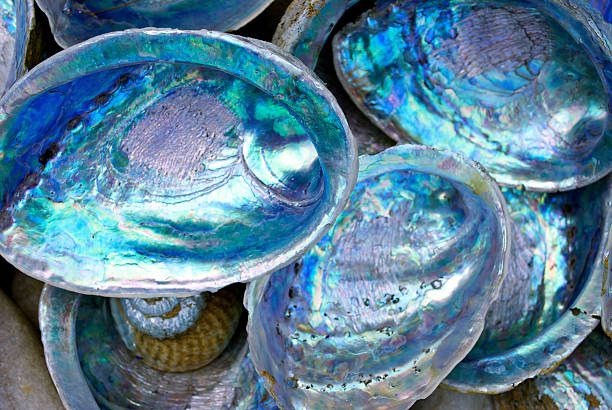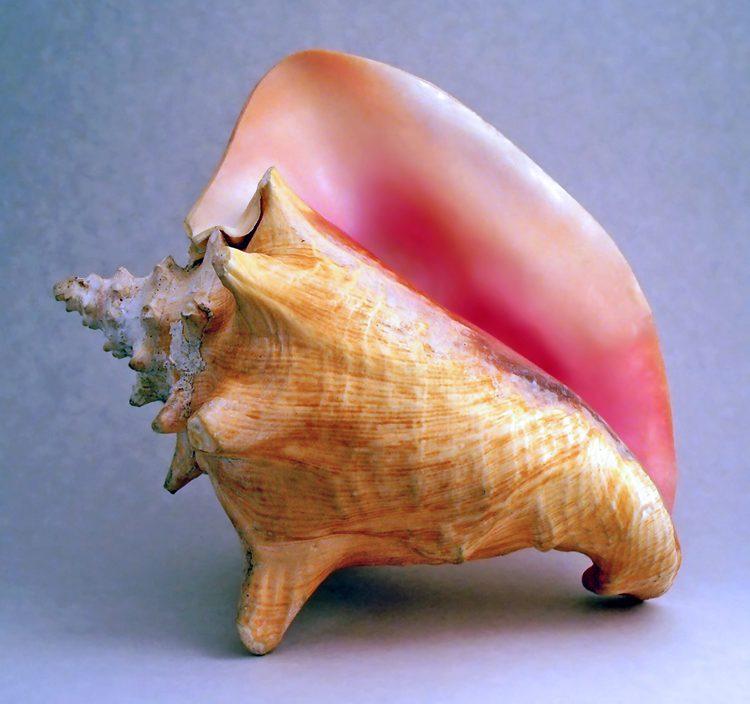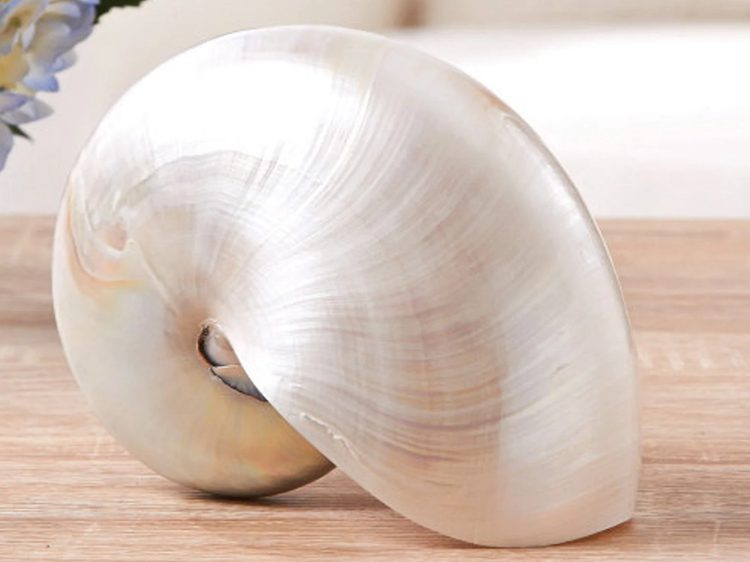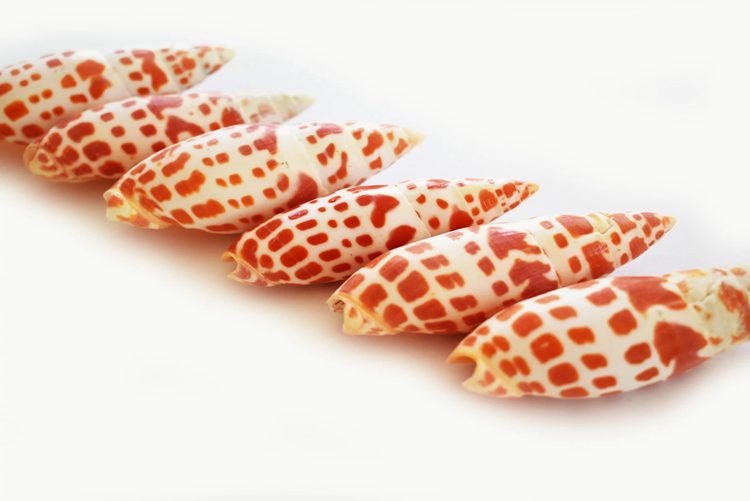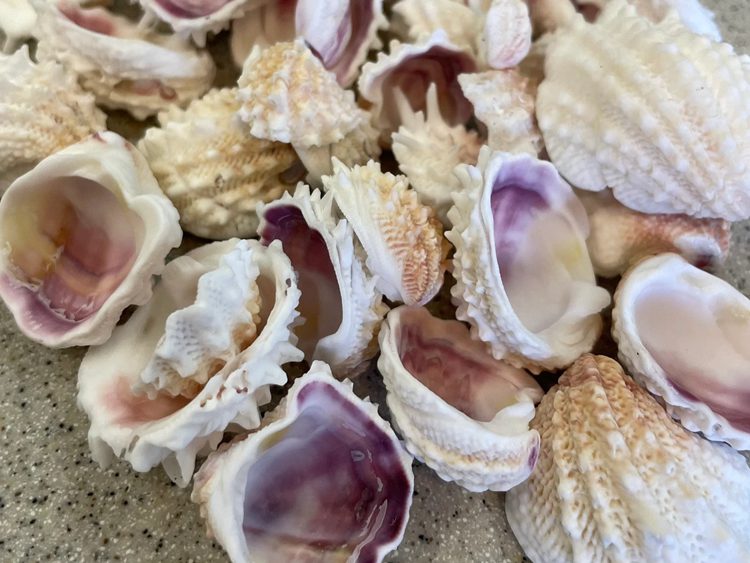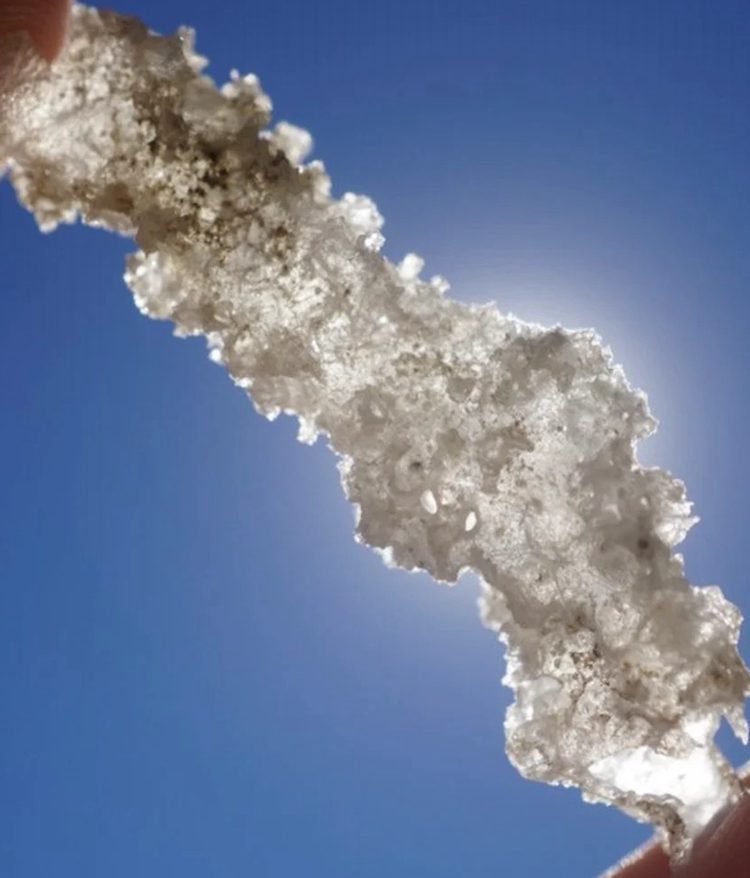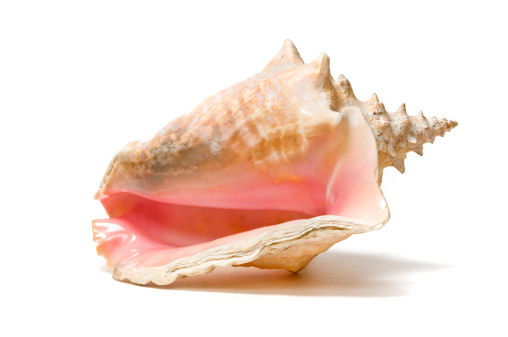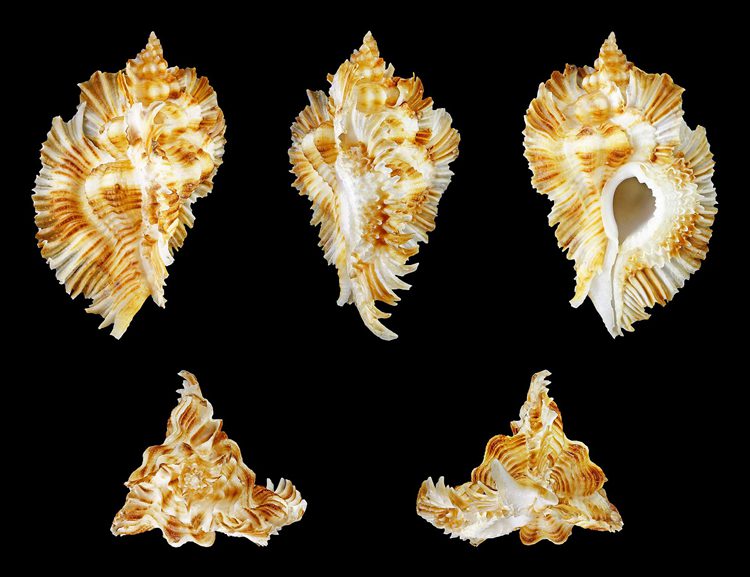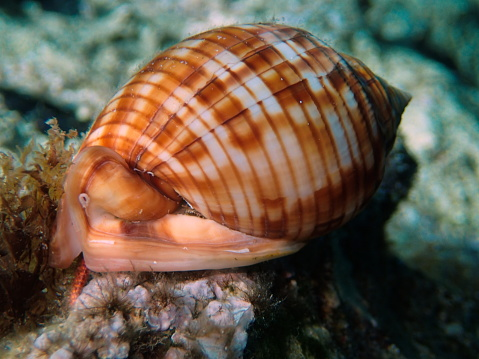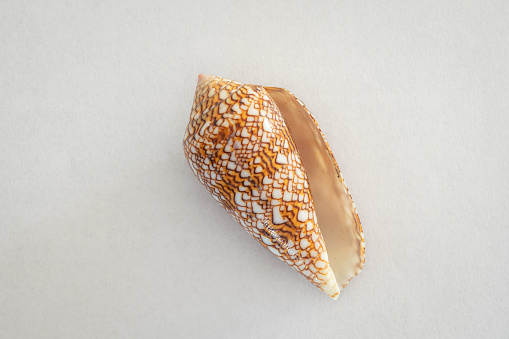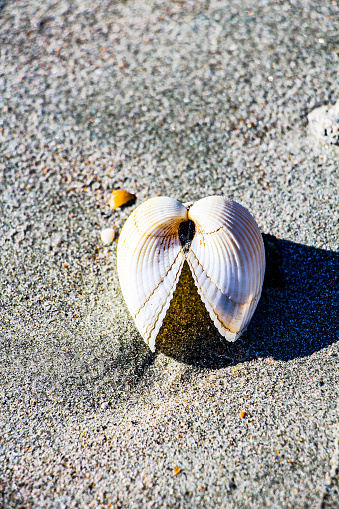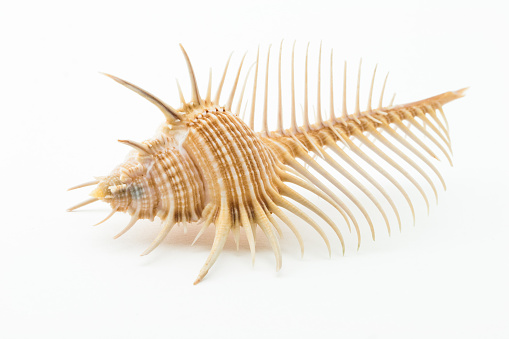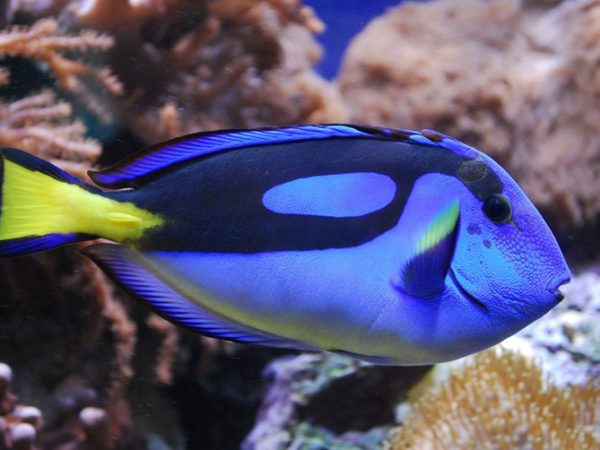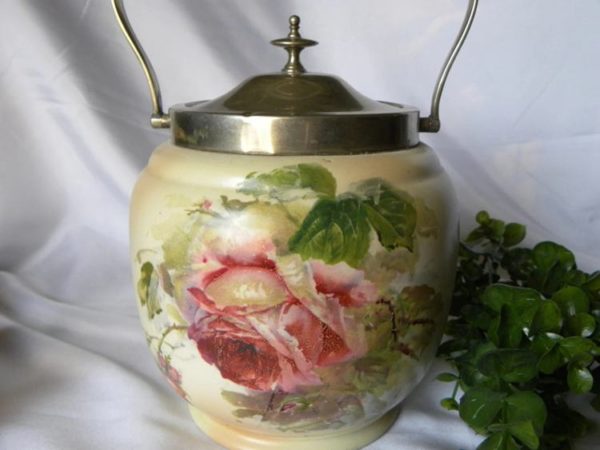Let’s face it: not all of us have the luxury of living near the ocean or another large body of water. But that doesn’t mean we can’t dream about it. Even if you live in a location that provides convenient access to a beach or lake, the last thing you want to do with your time off is to waste it digging through the sand or wading through the water.
It’s a good idea to stay inside where it’s relaxed and comfortable rather than brave the heat outside. Nevertheless, this does not imply that we should forego the opportunity to collect those lovely seashells! There are many things to love about seashells, including the fact that they are natural, beautiful, and can be used to make some excellent home decor.
You have many options to choose from, regardless of whether you are looking for something compact enough to fit on a desk or something that is more substantial and can be used as part of a display on the wall. Keep reading if you’re interested in learning more about these incredible shells and the locations where you can find them.
Table of Contents
Where Do Seashells Come From?
The majority of individuals are aware that seashells originated in the ocean. However, did you know that there are more than 50,000 different shells? You got that right! Each one is one of a kind and has an exquisite pattern.
The question now is, where do these shells originate? Mollusks, crabs, and even certain species of worms are all capable of fashioning seashells in their lifetimes. But gastropods, which are a different kind of mollusk, are responsible for forming the vast majority of seashells.
These animals have a tough shell that surrounds their soft bodies, protecting them from potential threats such as predators and the harsh environment of the ocean. Seashells use the calcium carbonate secretions that come from the mantle tissue to repair any damage that may have occurred.
Because there are so many different kinds of mollusks, each of which consumes another type of food. Mollusks will gradually add new layers to their shells as they continue developing and growing. Developing and growing is the term used to describe this process.
When a mollusk passes away, its shell is typically left behind, and this shell may eventually turn into a fossil. The abrasive action of the ocean waves over time can smooth and polish the surface of these shells, giving them a shiny appearance.
Therefore, the next time you visit the beach, be sure to examine those shells more carefully. You may be currently cradling a piece of history in your hands.
How Are Seashells Formed?
Seashells are formed in a variety of ways. Some, like the conch shell, are coiled and spiraled. Others, like the nautilus, have a more concave shape. And some surfaces spiral, like the clamshell, are flat and smooth.
The type of shell a creature has depends on its body type and how it moves through the water. For example, gastropods can have either a spiral or an uncoiled shell. But if they live in deep water, they are more likely to have an uncoiled shot at moving quickly through the water column.
Cephalopods, on the other hand, always have a spiral shell. Their bodies are too large to fit into an uncoiled shell. Instead, they have a spiral-shaped body that allows them to move quickly and easily through the water.
As with all organic things, seashells start as a seed planted into the sand on your favorite beach. Over time, they are nourished by the sand and ocean currents, which bring them water and nutrients.
As the water flows back out to sea, it carries with it the shells, depositing them further up the shoreline. They can be found in all types of sand, usually buried between the grains. You can often spot their tops sticking out of the sand, especially if it’s a larger shell species.
The shells keep growing over time and are formed in layers. The external layer is called the periostracum and protects the interior. Because seashells along shorelines break down due to erosion, they recycle calcium carbonate back into the ocean water.
This aids in helping mollusks in the ocean create more seashells. Now that you know how seashells are formed, let’s look at some of the rarest ones in the world!
Types Of Seashells
There are thousands of different species of other mollusks that make up seashells. Here are some of the most common ones you will find on the beach:
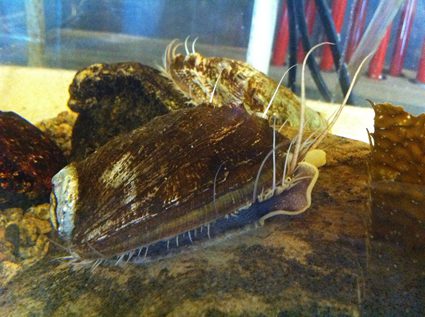
Abalone is a giant sea snail with different colors that live in coastal waters. It has a large, colorful shell that is used for making jewelry.
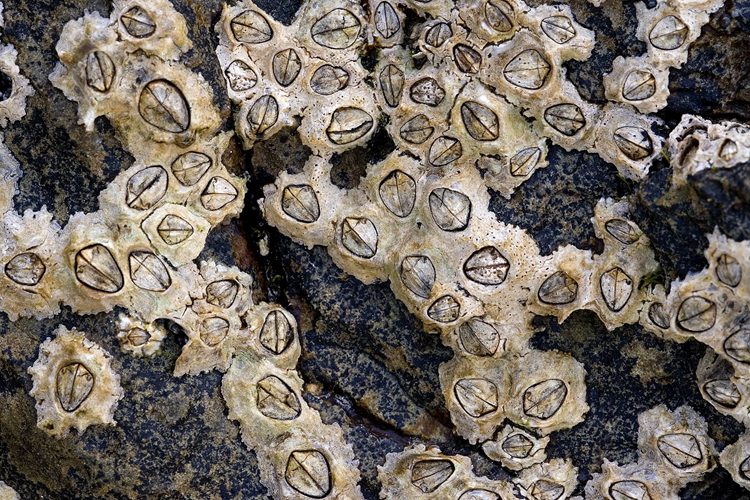
Barnacles are small crustaceans that attach themselves to rocks and other submerged materials. They have a hard, rocky shell with different colors depending on the species.
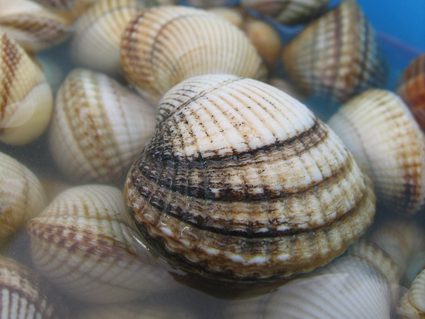
Cockles are small mollusks that live in tidal waters, either attached to the sea floor or in the sand. They have small, smooth shells that are usually pink or brown.
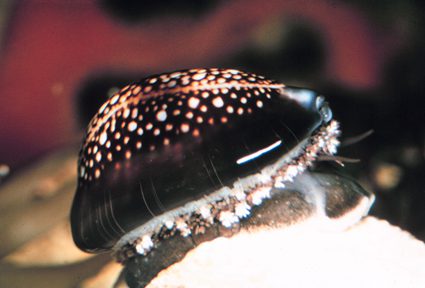
Cowries shells are smooth and rounded with a spiral pattern. They are usually cream or brown.
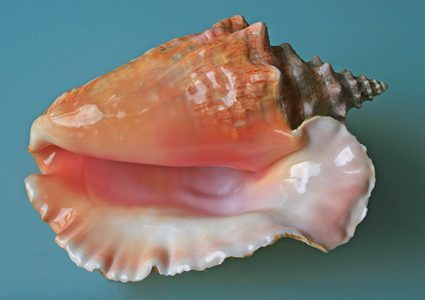
Conch shells are usually pink or white, with a pink spiral pattern.
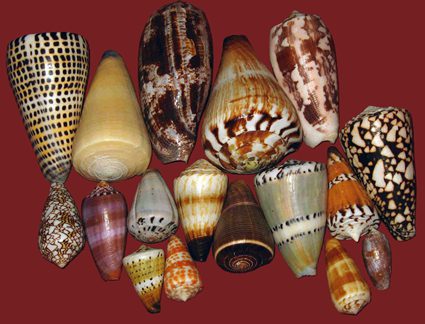
Cones are small and cone-shaped with a rough exterior. They are usually orange or rusty brown.
15 Rarest Seashells On The World
If you’re lucky enough to find any sea shells, you might stumble upon one of these scarce specimens. The following are 15 of the world’s rarest seashells:
1. Abalone Shell
The abalone shell is one of the most popular and well-known shells globally. It’s also one of the rarest seashells due to overfishing. Abalone is found in cold waters off the coast of California, Japan, and Australia. They are a type of snail that has a large, colorful shell.
It is believed that there are no more than 50,000 abalone shells in existence anywhere in the world. However, even though they are not currently in danger of extinction, they are classified as a threatened species.
2. Queen Conch Shell
The queen conch shell is another rare and popular sea shell. It’s native to the Caribbean Sea and can grow up to 12 inches long. The shell is pink or white, with a pink spiral pattern. Shells such as the regal Queen Conch Shell have long been regarded as some of the most beautiful.
It is common practice to harvest queen conch shells for their meat, which is revered in culinary traditions from around the world. They are also utilized in producing jewelry and various other ornamental items. The queen conch is now considered an endangered species because of excessive fishing efforts in the past.
3. Cypraea Tigrina
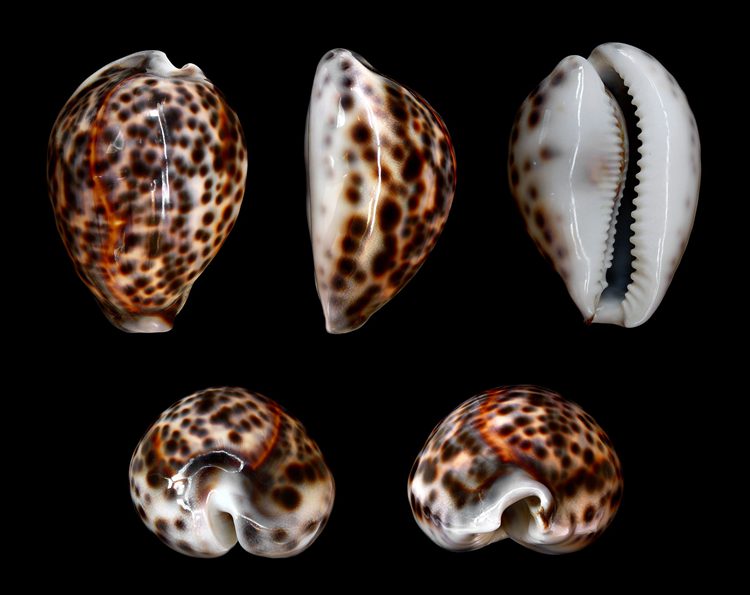
The Cypraea tigrina, also known as the tiger cowrie shells, is an uncommon species of seashell that can be discovered in the Indo-Pacific region. This is a type of rare cowrie shells. This one is round and smooth all over, and it has a spiral pattern on it.
In most instances, the color of the body can range anywhere from beige to brown. It is considered to be among the most valuable seashells in the entire world due to the fact that it is so wonderful, in addition to being so rare. One single shell has the potential to generate several thousand dollars in revenue.
4. Nautilus Shell
Nautilus shells are one of the rarest and most sought-after seashells globally. They are the only type of shell still used by an animal — the nautilus, a kind of squid. Nautilus shells are found in deep waters off the coasts of Australia, New Zealand, and Japan.
This nautilus shell is used by the nautilus as a float to assist it in navigating through the water. They are also utilized as a safe haven when threatened by predators. The meat of the nautilus is harvested for human consumption, but its shells are highly sought after by collectors. The chambered nautilus, which is the rarest form of this animal, can fetch prices of over a thousand dollars.
5. Mitre Shell
The mitre shell is a peculiar and uncommon type of seashell found in the waters of tropical regions. The fact that it is shaped similarly to a bishop’s mitre is where the term “mitre” comes from (a type of hat). The shell is typically yellow or brown and patterned in a spiral fashion.
People have utilized mitre shells as a form of currency for a considerable amount of time due to their scarcity. Additionally, it is used as a decorative item in traditional ceremonies around the world.
6. Flame Scallop Shell
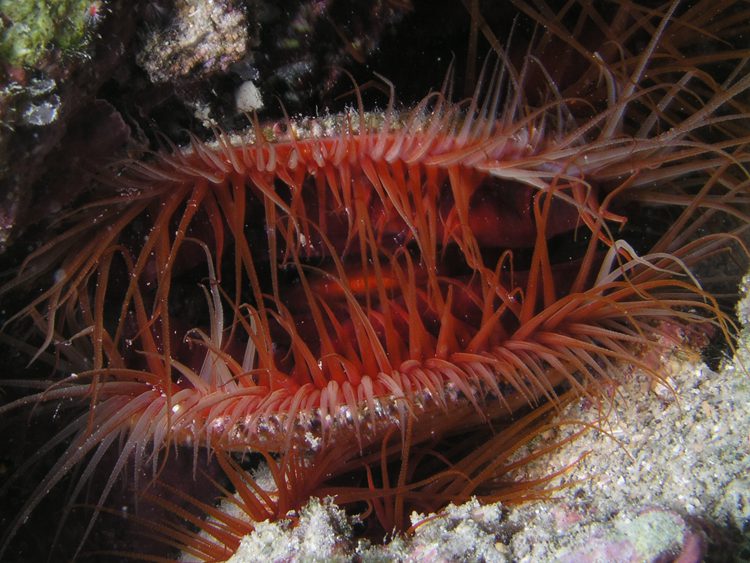
The flame scallop shell is a rare seashell found in the Pacific Ocean. It gets its name from its bright red color, which resembles a flame. The body is also covered in tiny, high bumps, which gives it a textured appearance.
The flame scallop is harvested for its meat, but the shells are also popular among collectors. They are used as a currency in some cultures and are believed to have magical properties.
7. Spiny Jewel Box
A unique seashell known as the spiny jewel box can be found in the Indian Ocean. The spiny exterior, which protects the more delicate interior shell, is where this creature got its name. Typically pink or white, the shell’s interior has a pattern that resembles a spiral.
One species of the giant seagull is edible, and the price per pound of this species can be pretty high. Additionally, the shell is utilized to produce jewelry and other ornamental items.
8. Fulgur Perversum Shell
The Fulgur perversum is a species of seashell that can only be found in the Mediterranean Sea. This seashell is extremely rare. In some communities, it is also known as the “Thunderbolt Stone,” and in others, it is called the “Fulgurite.”
When lightning strikes sand, a particular kind of fossilized glass is produced, which is how it came into existence. This shell is so unusual that some people refer to it as a “freak of nature,” which is extremely hard to find.
When it is put up for sale, it can fetch upwards of a thousand dollars, which indicates that its value is relatively high.
9. Conch Shell
Conversely, conch shells are pink or white and have a pink spiral pattern. And Warm waters off the coast of Florida, the Caribbean, and certain regions of the Pacific Ocean are home to these creatures. There is a sea snail known as a conch with a giant shell.
It has been estimated that there are only 50,000 conches still in existence across the globe. However, even though their shells’ spiral patterns can be recognized, they are not currently in danger of extinction; they are classified as a threatened species.
10. Miyoko Murex Shell
The Miyoko Murex is a stunning and exceptionally rare seashell that can be found in the waters of the Pacific Ocean. It is a type of murex seashell, which the spiral pattern on its shell can recognize.
The Miyoko Murex is characterized by its contrasting black and white coloring and spiral design. The Muricidae family of seashells includes this stunning specimen, a giant predatory sea snail known as a rock snail or a murex snail.
Due to the fact that it is so rare, many people consider it to be the most valuable seashell in the entire world of seashells. One single shell has the potential to generate several thousand dollars in revenue.
11. Eocypraeidae
Shells belonging to the family Eocypraeidae are highly uncommon and can only be found in tropical waters. The fact that it is shaped similarly to a bishop’s mitre is where the term “mitre” comes from (a type of hat).
The shell is typically yellow or brown and patterned in a spiral fashion. Because of its extreme scarcity, the Eocypraeidae has been employed as a form of currency for many decades now. It is also used as a decorative item and in traditional ceremonies worldwide.
12. Scotch Bonnet Shell
The Pacific Ocean is home to a rare and stunning seashell known as the Scotch bonnet shell, which can be found there. It is a type of murex seashell, which the spiral pattern on their bodies can recognize. The design on the Scotch bonnet is a spiral and is made in black and white.
It got its name from the fact that it looks like a Scottish bonnet, which is a style of hat. Because it is so uncommon, it is considered to be among the most valuable seashells in the entire world. It’s possible to make thousands of dollars off of just one shell.
13. Conus Gloriamaris Shell
One of the types of seashells that can be found in tropical waters is the Conus Gloriamaris shell. This particular species of snail resides entirely within its body. The Conus Gloria Maris, also known as the Glory of the Sea Cone, is a poisonous species.
This lovely seashell comes from the Conidae or cone snail family. The Glory of the Sea Cone is the only known to be both the largest and the most poisonous. It only takes one snail species a few minutes for a human to die after being injected with this animal’s lethal venom.
The shell is typically either white or yellow in color, and it has a spiral pattern on it.
14. Angel Wings Shell
A highly uncommon type of seashell known as the angel wing shell can be found in the Indian Ocean. It got its name from the object’s shape, similar to angel wings. Because of its striking resemblance to a harp, it is also referred to as the harp shell.
The angel wing shell is typically white or blue and has a pattern that resembles a spiral. Some individuals think that the angel wing shell possesses mystical qualities. Because of its attractive appearance, it is frequently employed in the role of a decorative item.
15. Venus Comb Murex Shell
The Venus comb murex shell is another example of a seashell that ranks among the rarest in the world. It is a type of murex seashell that lives in tropical waters and can be found there.
The item became known as the “Venus Comb” due to the fact that it was thought to resemble a comb that was associated with the Roman goddess Venus. The shell is typically pink or white in color, and it has a spiral pattern on it.
Even though it does not have the same market value as some of the other rare seashells on this list, the Venus comb murex shell is still popular among shell collectors. Additionally, it is incorporated into a wide range of traditional rituals worldwide.
FAQs
How much do rare seashells cost?
Certain beautiful seashells can command very high prices depending on their rarity level. Certain beautiful seashells can fetch very high prices depending on their rarity levels. The rarest and most beautiful seashells can bring prices into the thousands of dollars.
What are the most expensive seashells?
Angel wings are the rarest and most valuable of all seashells, with a single specimen typically fetching a price of several thousand dollars or more. Even though they are not as flashy or eye-catching, other rare shells can be extremely valuable in their own right.
Shell money is any form of currency that is made from seashells. The use of shell money dates back to ancient times, and it was once used by several different cultures all over the world. It is no longer used as a form of currency, but it still holds great value to collectors.
What are the biggest seashells?
The giant triton and the giant ear shell are the two species of seashells that can grow to be as much as 50 cm, or 20 inches in diameter. Which seashell is the smallest of them all? Most miniature seashells typically measure just a few millimeters in length.
How are seashells used?
The use of seashells as a form of decoration is by far the most common application for seashells. On the other hand, they are also capable of being fashioned into items such as jewelry, buttons, and other things.
What are some of the most popular ways to collect seashells?
Going to the beach and searching for seashells is among the most common and popular ways to amass a collection of seashells. You can also search for them on the sandbars, tide pools, and water. It is possible to find seashells in the ocean, although it will be more difficult for you to access them.
One additional common strategy for collecting seashells is to do so via online purchases. Shell collectors’ clubs are another excellent way to find and acquire seashells. These clubs typically organize group trips to the beach where members can search for shells together.
In addition to that, they hold regular meetings at which members can discuss the intricacies of this fascinating hobby, show off their collections, and trade shells with one another.
Conclusion
Collecting seashells is an enjoyable experience, and once you have them, you can use them to adorn your house beautifully. If you cannot obtain them from the beach, you can also acquire them online.
They are versatile enough to serve as ornamental pieces, paperweights, or even recipients’ gifts. Now that you know where to find seashells, you can bring a little bit of the beach into your life, no matter where you live, and they are a great way to bring the beach into your home.
Shells from the ocean are an excellent way to bring the beach into your house. Many thanks for taking the time to read this! Do you have a collection of shells from the ocean? What kind of seashell do you like best, and why? Share your thoughts with us in the section below!

